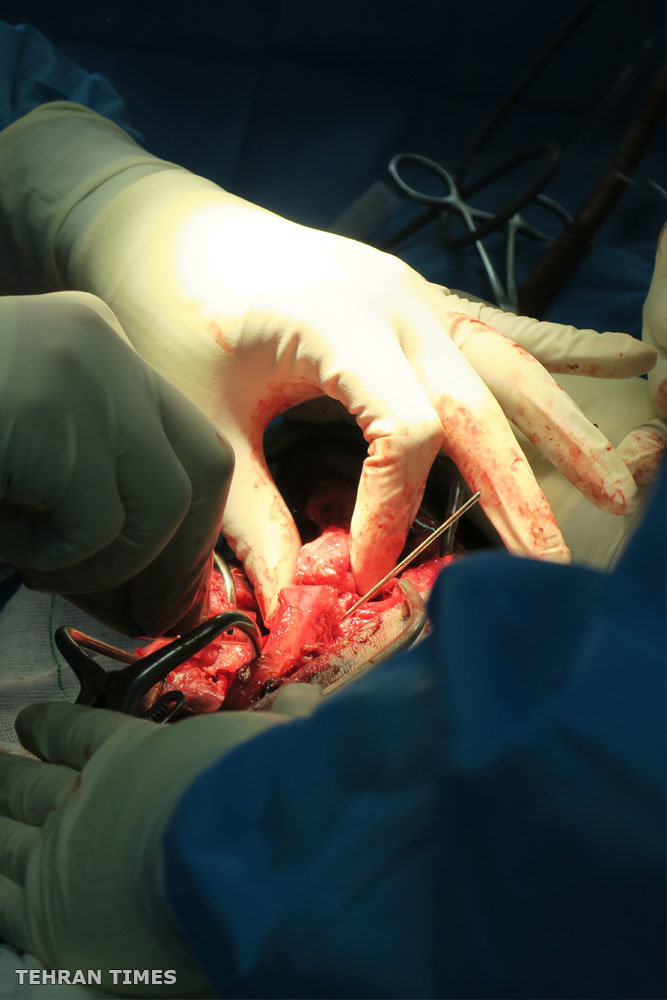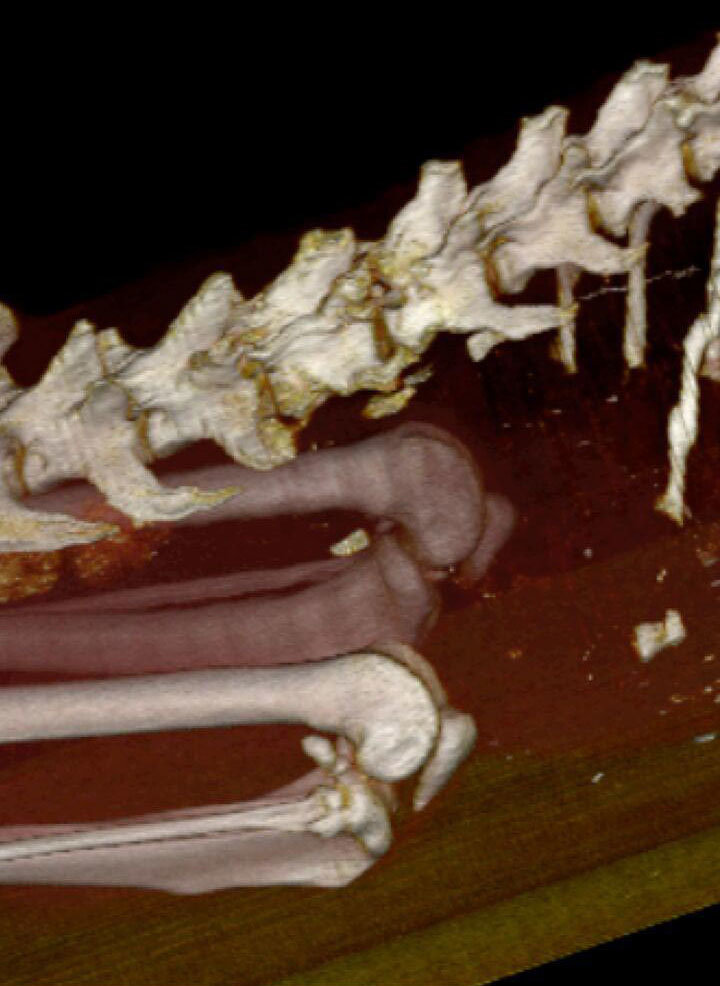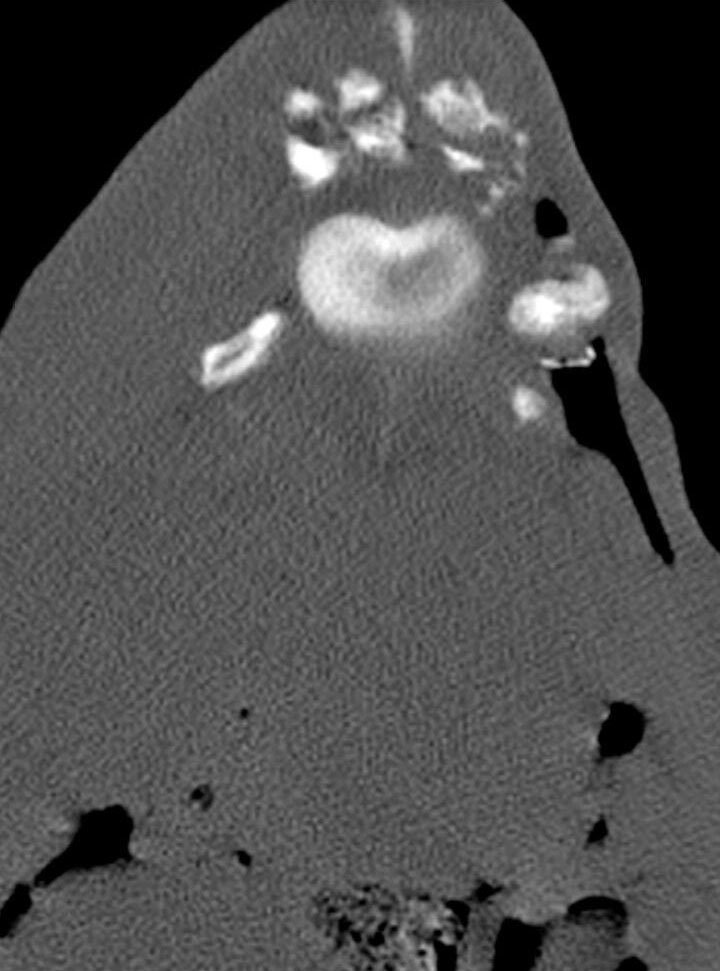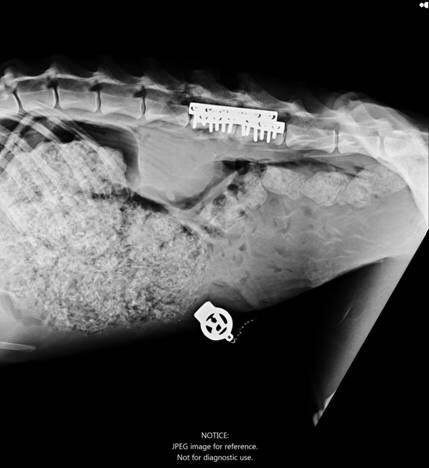Roudsar Persian leopard in torment

People exert noticeable impacts on biodiversity in several ways. As long as there are greedy and uncaring people, there will be change in relative abundance of species. Namely hunting is estimated to have caused 33% of the extinctions of mammals.
Persian leopards are one of the eight recognized subspecies of leopard and also one of the largest animals in the world. Leopards are the most adaptable of the big cats and unlike other big cats, leopards do not seem to mind living alongside people. In Iran, many areas of natural habitats are settled and turned over to agricultural fields but the adaptable Persian leopard does not automatically move on. In Roudsar, Gilan Province, some leopards stick around villages and adjust their behavior to live as best as the can under the circumstances. But some of them move toward bitter circumstances unconsciously.
Recently an injured Persian Leopard was found near Sejidan village of Siahkal region, Roudsar. The leopard was caught in a snare. Snares often lead to serious damage of wild animals. Using anchored cables or wire nooses in this region is usual so similar bad news such as capturing of Jungle cats is often heard. The injured Persian Leopard of Roudsar was transferred to Tehran last week to get a definitive answer.
Roudsar Persian Leopard has got two choices; either a medical euthanasia or treatment at expense of everything else.
Primary diagnoses
Iman Memarian, chief vet of Pardisan Rehabilitation Center told the Tehran Times that “this Persian Leopard is a 7-year-old female with severe hind limb paralysis weight loss.”
He also pointed out that based on the CT scan and clinical examinations that performed in the veterinary faculty of University of Tehran the leopard muscles atrophy severely especially on hind limbs and it is 10 percent dehydrated.
That also foreshadowed the fate of this leopard; the complete and chronic spinal cord injury are irreversible, Memarian said, adding, “These types of injuries are permanent and cause pain and frustration to the wild Felidae, so a medical euthanasia is highly recommended according to universal medical practices.”
Rui Bernardino a member of the Veterinary Committee and the Research Committee of European Association of Zoos and Aquaria (EAZA) and also Co-Vet Advisor of the Persian Leopard from Lisbon Zoo wrote in a formal letter: “This animal presented a severe hind limb paralysis with loss of weight, severe dehydration, muscular atrophy in the hind limbs and wound marks in its abdomen and in the region of spine. The CT scan performed in the Veterinarian University of Tehran confirmed the severe lesion of the spinal cord and its irreversibility. This condition is permanent which means that the animal will not be able to use any of the hind limbs in the future and is obviously a situation that causes pain and frustration to the animal. A medical euthanasia is highly recommended according to universal good medical practices.”



Roudsar leopard surgery/ Photo by Farnaz Heidari
It is remarkable that Bernardino is a well-known wildlife vet. In 2010 he achieved the Título Propio – Specialist in Orthopedic Surgery and Traumatology in Small Animals, Complutense University, Madrid, Spain. He is a collaborator in the Jesús Usón Minimally Invasive Surgery Centre (JUMISC), Caceres, Spain, since 2011 where he collaborates in advanced teaching of minimally invasive surgery.
Memarian and Bernardino suggested artificial insemination experiences: “Before euthanasia it would be beneficial if we find a chance of reserving the ovaries and collecting all biological sample which could be useful in the future.”
The untold story
Mohammad Molazem, assistant professor at the University of Tehran and resident of European college of Veterinary Diagnostic Imaging of Bern University wrote in his formal records: “There was some important finding: In Thorax, there is a small amounts of gas inclusions in the cranial mediastinum. Thoracic wall and lungs are within normal limits. Abdomen: Muscle atrophy around the hind limbs. Small amounts of gas inclusions around the left hip joint. There is a 5cm laceration in the right lateral aspect of L5 continues to the dorsal retroperitoneal region. There is another soft tissue irregularity at the level of dorsoright lateral aspect of L4.There is depressed fracture in the cranioleft part of L4 dorsal lamina with a 4mm fragment compressing the spinal cord from the left lateroventral aspect. Large amount of speculated, ill-defined, bright new bone formations are visible around the L2 to L5 vertebral bodies. Large amount of abdominal gas is visible. Liver is normal. The spleen is enlarged. The stomach is distended with gas, fluid, food material, lots of gravity depended small mineral densities (sand) and a 2cm bony fragment. Small intestines are empty. Formed fecal material and gas are evident in the large intestine. Kidneys and urinary bladder are unremarkable.”



Images provided before the surgery
Based on the leopard’s condition Molazem made a diagnosis: Depressed open old (3 to 10 days) fracture of L4 dorsal lamina, active and chronic osteomyelitis of L2, L3, L4, and L5, pneumomediastinum and pneumoperitoneum, gas inclusion in the right hind limb proximal soft tissues, stomach impaction and non-obstructive foreign bodies and hind limbs muscle atrophy.
MRI of the spinal cord and abdominal ultrasonography are recommended if clinically indicated, Molazem stated.
New team, new diagnosis
Just two days later a new decision was made. Hamidreza Fattahian, Chief of Dr. Fattahian Center for Pets wrote in a formal letter to Ali Teymouri, deputy for hunting and fishing office at the Department of Environment, that he may have a chance of nervous tissue regeneration.
The center is a private clinic with facilities of surgery, adiography and so on. Dr. Fattahian and his team decided to rise to the challenge and solve it by the help of Department of the Environment hunting and fishing office. Mahmoud Marashi, Doctor of Veterinary Medicine from bird diseases specialized group was the anesthesiologist.
The team gave different diagnosis of the leopard’s condition. They estimated the leopard’s age at three or four which was different from primary estimates. They had doubt on the cause of vertebra displacement but believed it seemed more UMN (Upper Motor Neuron) than LMN (Lower Motor Neuron); an issue which was declared by senior surgeon after the surgery.
The whole process of moving the animal to the hospital, anesthesia, and surgery lasted for seven hours. The senior surgeon pinpointed that he is eying to the leopards recovery. He also mentioned he did what everything he could and what could be done for this case in the Middle East from Syria to South Korea.
“The animal should undergo physical therapy in Europe or USA Zoos,” he added.


Images obtained after conducting the surgey at Fattahian Center for Pets
Criticism
The animal’s situation has raised so many questions and criticism. Some of wildlife lovers consider it as an uplifting lesson and are optimists. Some of the reputable and well known veterinarians are pessimist while the rescue team claimed that the hardship paid off.
Some criticism are addressed to the Department of Environment wildlife offices rash decisions.
There are also many questions: Why authorities hesitated to use facilities such as 3-tesla MRI Scan despite the arrangements made by Veterinary Faculty University of Tehran? Why the operation was performed by a center who didn’t have any related experience of working with wildlife species? Why officials decided to do the surgery so early? Did they think about continuation of treatment process? Is there any chance for this animal to go abroad to take more treatment cares? What is the approach of standard Zoos in similar cases? Is there any doubt that in similar cases euthanasia of free-ranging wildlife must be conducted? And some say, do we have permission to make these kinds of decisions without thinking about the deep distress we cause the animal?
